This article was updated on June 07, 2023
Over one million homes in the United States have started using solar energy as their primary source of electricity, and it’s a trend that is expected to only get stronger with time.
If you want to go solar as well, it is important that you have a complete understanding of the installation process. There are numerous steps that must be taken before your new solar panel system can be installed, and you should know what they are. The more you understand about this process, the better off you will be overall.
Video: Sunlux Solar System Installation Time Lapse
Surveying the Site
The very first step that has to be taken before any solar panel installation work starts is having an engineer come out to your property to survey the site. This professional will go onto your roof and take various measurements to determine if solar power is even a viable option for your home.
This part of the process shouldn’t take very long, and it’s definitely important. They will also use a special device to find out which times of day certain areas around your home will be shaded.
If you are planning on getting a rebate to help with paying for your solar panel system, it’s important to keep in mind that the electric company will require your roof to face a certain way.
If the solar panels cannot point the way they need to, this might not be a viable option. The engineer who comes to survey your property will be able to give you all of the relevant information when they are completely finished with their work.
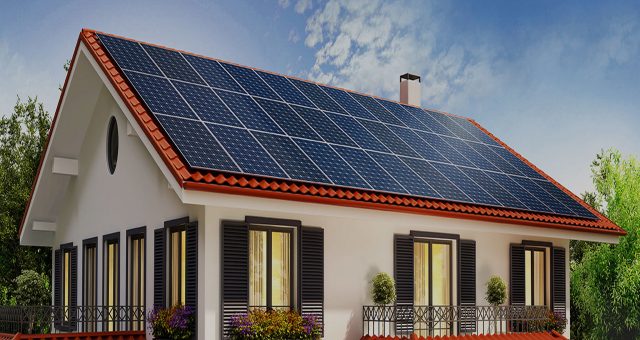
Size of the Solar Panel System
The size of the solar panel system that you will need is going to depend on a number of things, including the amount of space you have to work with as well as what your budget is like. It is highly recommended that you take a close look at your electric bills for last year to find what your rates are like. You should also find out how much power the solar panels system will need to generate, which will depend on the system you are interested in getting.
Permits and Documents
There is going to be quite a bit of paperwork involved with having a new solar panel system installed on your home, so prepare yourself. The company that installs your new system will be responsible for most of the paperwork, but you will still have some responsibilities to fulfil.
You will want to apply for both federal and state incentives so you can save as much money as possible. Some of these incentives include government rebates, solar renewable energy certificates (SRECs), and federal ITC.
Simple of a Renewable Energy Certificate
You will also have to fill out paperwork for building permits. Some states will require that your roof has a minimum of 3’ of empty space around the solar panels, while others will allow you to cover your entire roof in solar panels. It is important that you learn about the requirements for your particular state so you don’t run afoul of any laws, codes or regulations. Make sure to ask your installer for help with finding out which permits you need, as they will already have this information.
Related: A Simple Guide to Choosing the Best Solar Panels for Your Home
The amount of time this step takes will depend entirely on how quickly the company you have hired to install your solar panel system gets things done. Don’t hesitate to keep checking in with the installer so you can find out what the status of the paperwork is until everything has been processed and approved.
Ordering the Equipment and Scheduling Installation
Once you have all of the paperwork taken care of, the installer will put an order for the necessary equipment with the distribution company they use. You will have already chosen the equipment you want before signing the contract with all of the details.
If you have yet to order the equipment, there will be multiple things that you should consider. The solar panels and inverters are the two primary components that make up solar power systems, and your installer can provide you with some recommendations based on your specific needs.
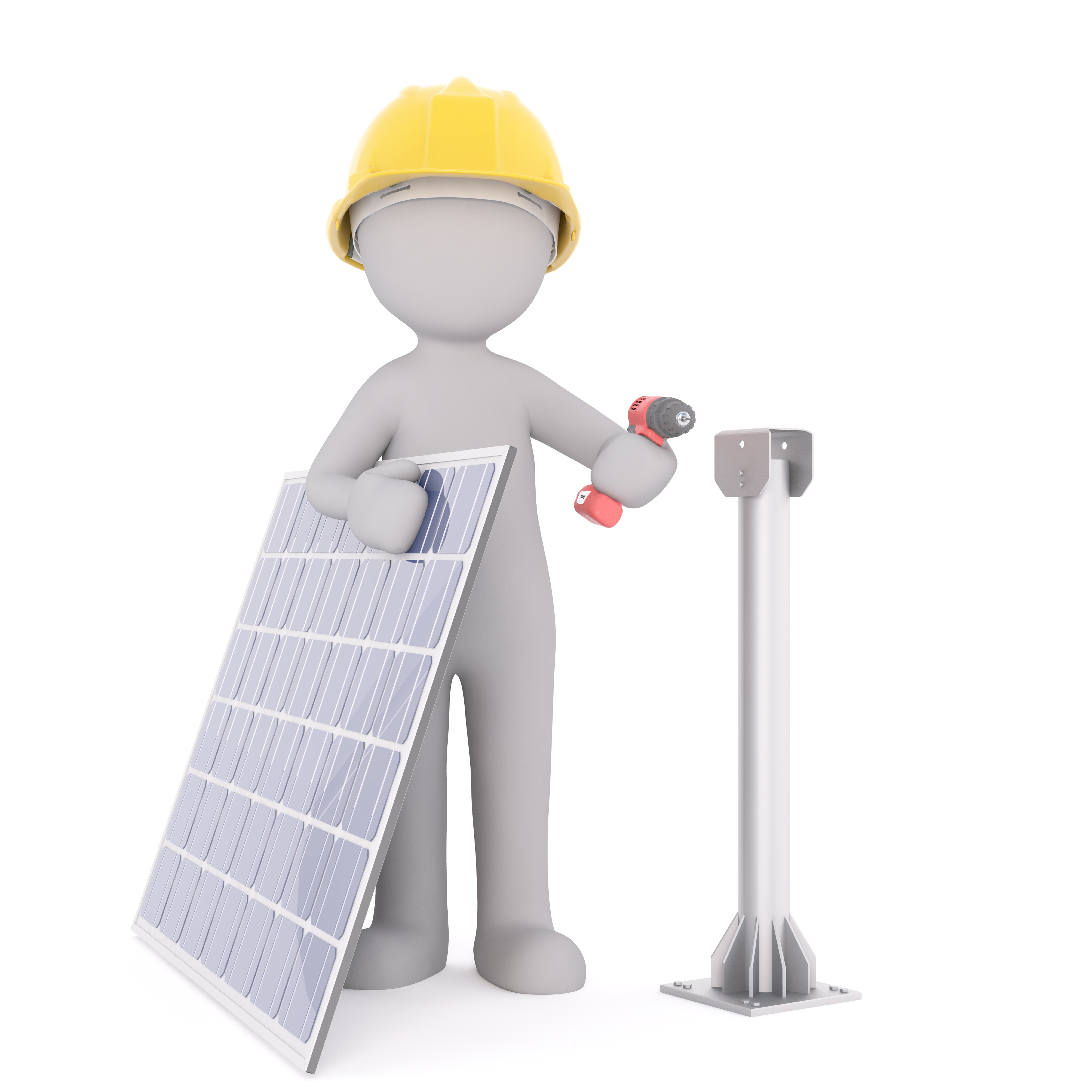
Make sure that you get equipment that is both efficient and durable, so you know it will work well and stand the test of time. The last thing you want to do is rush into choosing the wrong equipment to provide your home with electricity. The more time you take to evaluate your options, the more you will get out of the money you spend.
After you have ordered the necessary equipment, the installer will schedule the installation. All of the equipment will come in on the day it is set to be installed on your home. This will only happen once all of the required paperwork has been approved. You can expect to wait anywhere from 1 to 2 months before this happens. The amount of time you have to wait until the actual installation is also going to depend on the number of jobs that the installer has to do before they get to you.
The Installation
When the installation day finally rolls around, the installer will prepare your roof by checking the shingles or tiles to make sure they are completely secure. After they have done this, they will put the electrical wiring in, which will go directly to your electrical panel and power system.
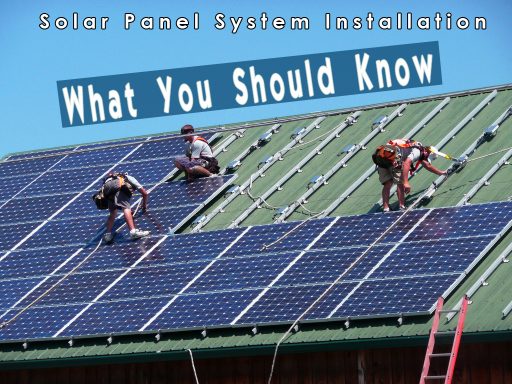
Once the installer has done all of the wiring work, they are going to install the support for the actual panels so they remain secure and in place at all times. This is the only thing that will be mounted to your roof. After the installer has gotten the racking level, the panels will put on. The inverters are then connected to the panels to transform the DC energy into alternating current or AC energy, which you will be used to power your home.
Installing a new solar panel system on a home can take anywhere from 1-3 days, depending on the size of the system. If you are planning on putting in a power meter, you can expect the installation process to take a few extra hours.
Getting Approval
The last step in the process of getting your new solar panels system installed involves turning it on to make sure it is generating power properly. You must obtain approval by a representative of your city’s government before you can connect the system to the power grip. This is usually a fairly straightforward process that doesn’t take very long. The representative will inspect your system to make sure that everything is up to code. They will confirm that all of the electrical wiring has been done properly so there aren’t any problems later on.
Once the inspection has been completed, you will be able to connect your solar power system to the electrical grid. Someone from the electrical company will render an official evaluation of the entire system to confirm that there aren’t any issues that need to be addressed before you can actually start using it to power your home. It takes around 2 weeks to a month to receive approval from the town representative.
Inventors vs. Micro-inventors
When it comes to solar panel systems, there are inverters and micro-inverters.
You will find that each type of inverter comes with its own set of advantages and disadvantages, so it’s important to learn what they are. Micro-inverters tend to be more efficient, but they also cost a lot more. A traditional inverter will work just fine, and it costs less.
Those who can afford to spend the money on a micro-inverter might want to consider this option though. The fact is that micro-inverters are known for being very reliable and tend to last a long time.
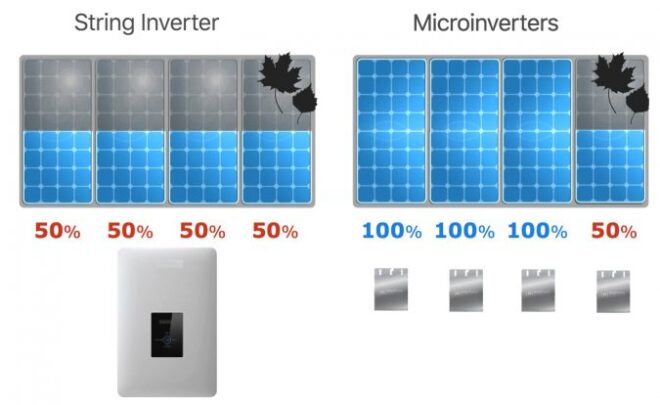
How do Micro-inventors Work?
Traditional solar power inverters consist of numerous panels strung together to one large inverter. Micro-inverters are put on each individual solar panel, which is why they tend to be so much more efficient.
When each solar panel has its own inverter, they tend to work a lot better. This requires a longer installation time and more money, but it is well worth it because of the benefits. A lot of people who get these systems installed choose micro-inverters over traditional inverters.
Cost of Solar Panel Installation
Getting a brand new solar panel system installed on your home can cost several thousand dollars, depending on the equipment you have chosen. It isn’t uncommon for someone to spend $20,000 to $30,000 on one of these systems. The good news is that it’s fairly easy to finance these systems through a loan as well as government incentives and rebates.

You also have the option of leasing a solar power system, which means that you will essentially pay to use the equipment that the company owns. When the lease is up you will have the option to purchase the equipment. Leasing can be a more cost-effective option for those who are on a tighter budget.
DIY or No?
Some people try to install their own solar power systems, and it often doesn’t go very well.
It’s always a good idea to hire professionals to do this work for you, because it is fairly complicated and time consuming.
If you want to get your system up and running as quickly as possible, you should hire an actual installer to do the work. Depending on where you live, doing this type of work yourself might not even be an option. Some places require that a licensed and certified company does the installation work.
Types of Installation
A vast majority of solar power installations are grid-tied, which means that your system is tied directly into the general electric grid. This is by far the best type of installation, as it virtually guarantees a consistent electrical connection.
Off-grid system installations are less common and typically done in very remote areas. These installations bypass the utility, though you will still need to meet all local building codes before everything is finalized. The drawback of off-grid installations is that they aren’t as consistent with the flow of electricity, but most people don’t experience major problems on a regular basis.
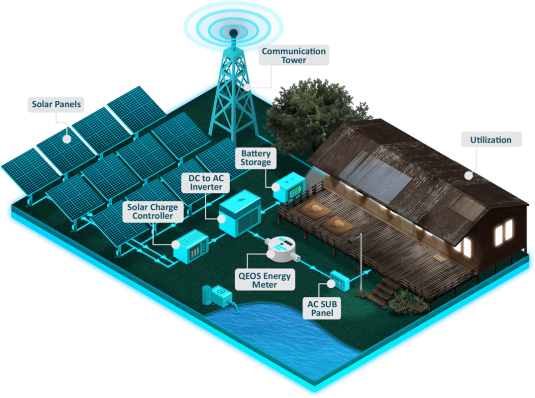
Choosing a Manufacturer
You will need to focus on choosing the right solar manufacturer so that you can get high-quality equipment that you will be able to rely on for many years to come. With all of the different options that are available, it is a good idea to take your time and do the necessary research.
The brand of solar panels you get will play an important role in determining how long they last. You absolutely do not want to choose any solar panels that are going to start falling apart in the first two or three years after installation.
Finding the Right Contractor for Installation
The contractor that you choose to do the actual installation work for your new solar panel system is also crucial. Make certain that you have reviewed these options carefully before making a decision, as there are many companies to choose from. Look for licensed and certified professionals who you can trust to complete the job without any problems.
While it’s true that the company’s work will be inspected numerous times, choosing the right professionals from the start will save you both time and money. In the end you will be glad you decided to do this research.
We recommend Checking out Consumer Affairs Top 10 Solar Energy company provider list.
Conclusion
Solar panel system installation is a multi-step process, and it’s important that you know what to expect before getting started. A lot of people think that it’s just as simple as having the work done and flipping a switch, but there is more to it than just that.
Solar power has definitely become a huge trend in the U.S. because of its renewability and efficiency, but there is a lot of work that needs to be done when installing one of these systems. Once your new solar power system has been installed, you will have a completely self-sustained way of powering your home 24/7.
